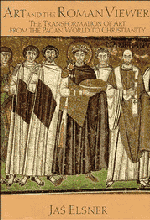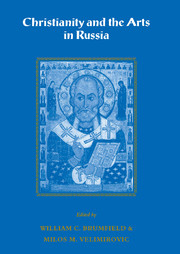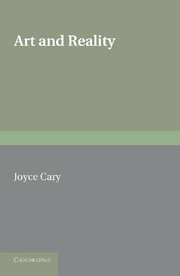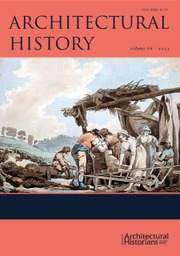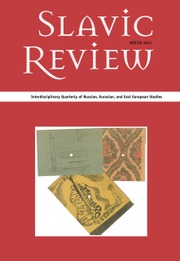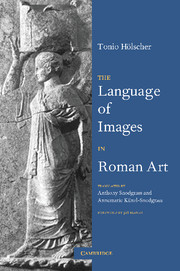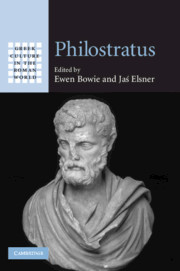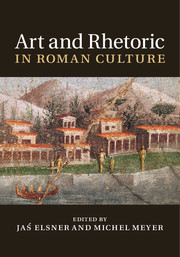Art and the Roman Viewer
Art and the Roman Viewer presents a fresh analysis of a major intellectual problem in the history of art: why did the arts of Late Antiquity move away from classical naturalism towards spiritual abstraction? Arguing from a close examination of ancient art images and texts, Jas Elsner shows how an understanding of Roman viewing practices greatly deepens our insight into this fundamental transformation. The sophisticated arts of the early empire, such as Pompeian painting, sculpted reliefs and silverware, entertain the potential for irony, parody, and deconstruction. By contrast, the symbolic arts of the Christian empire, notably the mosaics of Ravenna, eschew irony, while complexity remains, indeed intensifies, as multiple meanings compete to enrich a fundamentally sacred truth. By addressing the subtleties inherent in ancient viewing, this study embarks on a quest to enrich our understanding of an era of profound artistic change.
- Major topic in classical and post-classical studies
- Author rising star in field
- Challenges prevalent view of changes in style in the late antique period
- Highly readable text
- Makes use of the latest critical methods
Reviews & endorsements
'The book crackles with energy ...' R. L. Gordon, The Times Literary Supplement
Product details
September 1995Hardback
9780521453547
399 pages
262 × 184 × 27 mm
1.225kg
81 b/w illus. 4 colour illus.
Unavailable - out of print November 1997
Table of Contents
- Part I. Ways of Viewing in the Roman World
- 1. Viewing and the real: the Imagines of Philostratus and the Tabula of Cebes
- 2. Viewing and society: images, the view, and the Roman house
- 3. Viewing and the sacred: Pagan, Christian, and the vision of God
- 4. Viewing and identity: the travels of Pausanias or a Greek pilgrim in the Roman World
- Part II. The Transformation of Art from Augustus to Justinian
- 5. Reflections on a Roman revolution: a transformation in the image and conception of the Emperor
- 6. From the literal to the symbolic: a transformation in the nature of Roman religion and Roman religious art: Part III. Epilogue: Modulations of Change:
- 7. The truth within these empty figures: the genesis of Christian visual exegesis.

